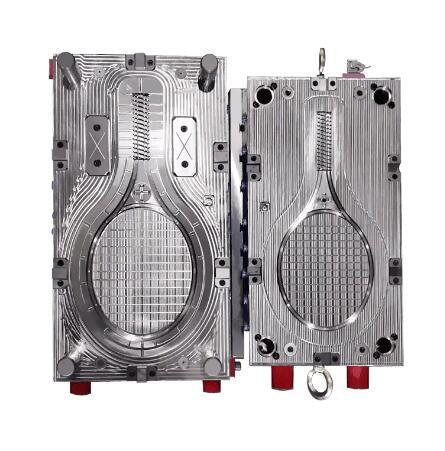Innovations in Plastic Toy Molds: Sustainable Manufacturing
Plastic toy molds vary in complexity depending on the type of toy and production requirements. Simple toys may use single-cavity molds producing one part per cycle, while more complex toys require multi-cavity molds that produce multiple parts simultaneously.
Additionally, molds may incorporate features such as side actions, lifters, or slides to form undercuts and complex geometries that cannot be molded with a simple two-part mold. These design elements add to the mold’s functionality but also require precise engineering to ensure reliable operation.
Effective cooling systems are integral to plastic toy molds as they directly impact cycle time and product quality. Mold cavities are equipped with channels through which cooling fluids, usually water, circulate to remove heat rapidly from the molded plastic.
A well-designed cooling system ensures uniform temperature distribution throughout the mold, minimizing warping, shrinkage, and other defects in the finished toy parts. Efficient cooling also reduces the cycle time, increasing production efficiency and lowering manufacturing costs.
Plastic toy molds enable mass production of toys with consistent quality and minimal variation. Injection molding machines inject molten plastic into the mold cavities at high pressure, allowing rapid solidification and ejection of finished parts.
Modern molds are designed for fast cycle times, often just a few seconds per cycle, depending on the toy size and complexity. This high throughput capacity makes plastic molding highly cost-effective for large-scale toy manufacturing.
One of the most important performance indicators for plastic toy molds is their ability to produce identical parts consistently. This repeatability ensures that every toy component meets quality and safety standards, reducing the risk of defects that could affect functionality or user safety.
Regular mold maintenance and precision engineering help maintain tight tolerances, preventing dimensional variations across production batches.
Plastic toy molds can accommodate design modifications, although the extent of flexibility depends on the mold’s complexity. Minor changes, such as adjusting cavity dimensions or surface textures, can be achieved through machining or polishing.
However, significant design alterations may require mold redesign or fabrication of new molds, which involve time and costs. Some manufacturers employ modular mold systems to increase adaptability for different toy models and reduce downtime.

https://www.yiwei-mold.com/product/toy-mold/toy-racket-mold.html
Toy racket molds are engineered with ergonomic considerations to provide a comfortable grip and enhance playability. The handle is designed with a suitable size and shape to fit different hand sizes, allowing users to hold and swing the racket effortlessly. The grip is often textured or contoured to provide a secure hold and prevent slippage during intense play. The weight distribution of the racket is carefully balanced to ensure easy maneuverability and reduce strain on the user's arm.
- Art
- Causes
- Crafts
- Dance
- Drinks
- Film
- Fitness
- Food
- Giochi
- Gardening
- Health
- Home
- Literature
- Music
- Networking
- Altre informazioni
- Party
- Religion
- Shopping
- Sports
- Theater
- Wellness


